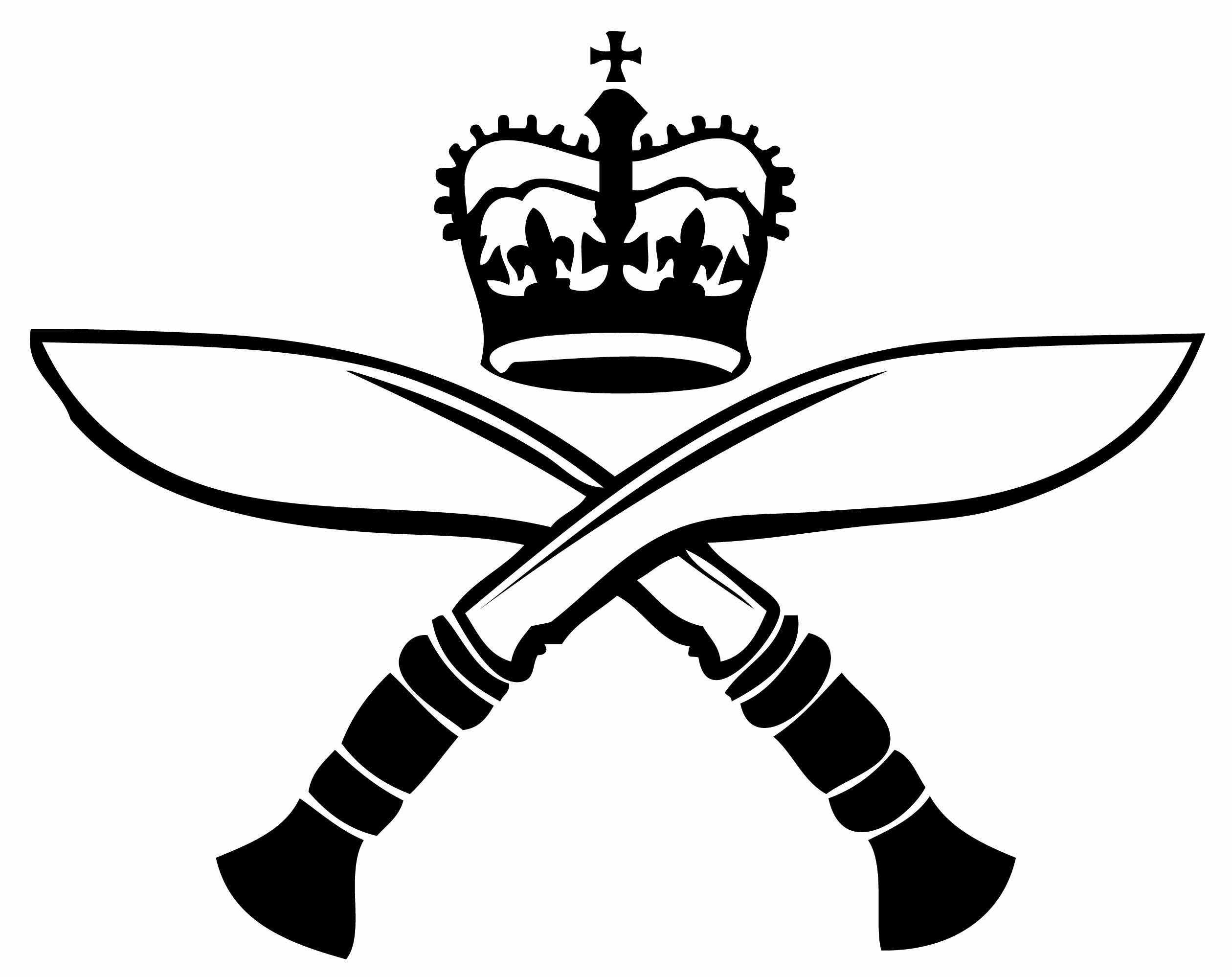Mak says KMT supporters in Hong Kong were not keen on engaging in local politics. It was only in the years leading up to the handover, when Taiwan began to withdraw personnel and support from Hong Kong that local KMT supporters decided to get involved. The 1-2-3 Democratic Alliance was formed in 1994 and managed to get one legislator elected to the Legislative Council and seven district councillors.
However, Mak says the party found the going tough. It lacked human resources. It was labelled as a “rightist” party and was discriminated against by other democratic groupings because of its pro-KMT background. The party lost its LegCo seat in 1998 and disbanded in 2000.
Having been involved in politics in Hong Kong for close to two decades, Mak has witnessed the change in people’s attitudes towards the KMT. “Hong Kong people feel more and more detached from the Republic of China. The conflicts between the KMT and the Communist Party are very far away from them.” Mak says people are more interested in local politics now, such as democratic development in Hong Kong. It is predictable that the number of KMT activities is declining day by day.
Supporters of the KMT say the SAR government has restricted their freedom of expression in Hong Kong since 1997. The R.O.C. flag is no longer a common sight, even on the Double Tenth days. Although there is no law explicitly prohibiting it from being displayed, the police have removed flags from public places saying they were obstructing the streets. In October 1997, police said they were acting in accordance with the “one China” principle when they removed some Nationalist flags.
Professor Byron Weng, a Taiwanese political scientist who taught in Hong Kong in the 1980s and 1990, further explains the reasons for the decline of KMT activities. He points to the KMT’s loss of power in Taiwan. “There were eight years (from 2000 to 2008) when the pro-Taiwan independence Democratic Progressive Party (DPP) had the presidency and became the largest party in Taiwan. It was not possible for the Nationalists to gain support to hold activities in Hong Kong.”
Weng says that before the 1997 handover, Hong Kong people identified more closely with traditional non-communist Chinese ideology. They found it easier to identify with the Nationalists because they were not the communists. However, after the handover, Hong Kong people found it harder to identify with Taiwan. They turned instead to the People’s Republic of China because it is more powerful and Hong Kong’s economy is more dependent on the mainland than ever before.
Despite such realpolitik, the KMT still manages to keep and even gain passionate followers. Dressed in the Zhongshan suit named after Sun Yat-sen, Tang Man-kit showed up at this year’s Double Tenth ceremony at Red House sporting multiple KMT badges. Tang, who is in his early thirties, is an active member of the Hong Kong China Youth Organization. The group tries to raise public concern about issues of democracy and cross-strait ties.
“You can join and become a member of the KMT when you have a KMT existing member as your referee,” said Tang, explaining how he acquired KMT membership. Tang said he joined the party after the protest on July 1, 2003 when half a million people marched against proposed national security legislation in Hong Kong.
“I was fully disappointed by the Hong Kong political system,” he told Varsity. “Starting in high school, I read books about the Republic of China and about how history changes.”








































